https://www.youtube.com/watch?v=Dm__ZSLc6Is&feature=youtu.be


https://www.youtube.com/watch?v=Dm__ZSLc6Is&feature=youtu.be
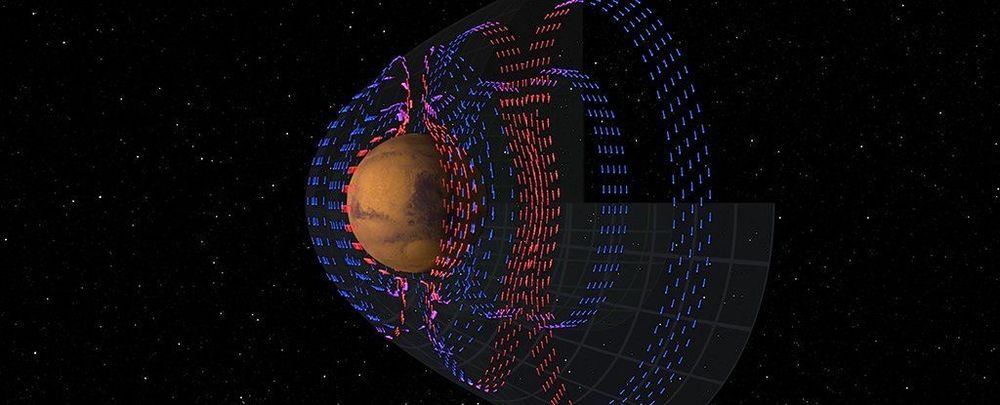
Unlike Earth, Mars doesn’t have a global magnetic field to protect it from the rigours of space weather – but it does have spots of local, induced magnetism.
Now, researchers have been able to create an incredible, detailed map of the electric currents that are responsible for shaping these magnetic fields.
It gives scientists a much greater understanding of how Mars might have lost much of its atmosphere over the course of billions of years, as well as how interactions between the solar winds and Mars’ magnetosphere are playing out today.

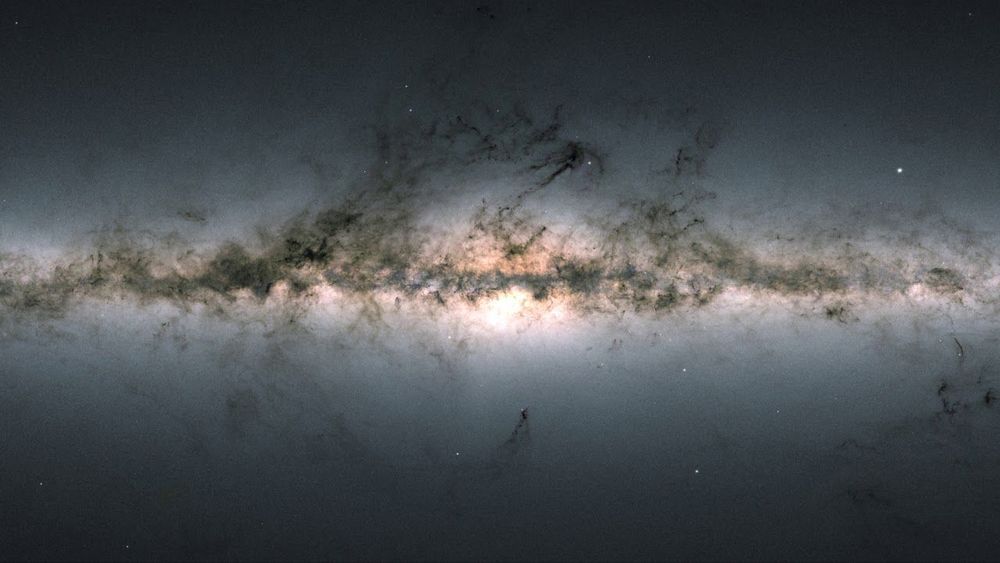
Launched in 2013, the Gaia satellite has been scanning the sky to measure the positions, distances and motions of more than one billion stars in our galaxy, the Milky Way. The goal of the mission is to create the most detailed galactic map ever made, in order to investigate the Milky Way’s past and future history like never before.
The animation below shows the satellite as it scans great circles around the sky. Eventually, the sky is unfolded to reveal the view of the Milky Way and neighboring galaxies, based on measurements of nearly 1.7 billion stars from the second Gaia data release. The map shows the total brightness and colour of stars observed by Gaia in each portion of the sky between July 2014 and May 2016. Brighter regions indicate denser concentrations of especially bright stars, while darker regions correspond to patches of the sky where fewer bright stars are observed. In the middle of the image, the Galactic center appears vivid and teeming with stars.
Animation of data from ESA’s Gaia second release, which was made public on April 25, 2018.

VICE.
What do a frying pan, an LED light, and the most cutting edge camouflage in the world have in common? Well, that largely depends on who you ask. Most people would struggle to find the link, but for University of Michigan chemical engineers Sharon Glotzer and Michael Engel, there is a substantial connection, indeed one that has flipped the world of materials science on its head since its discovery over 30 years ago.
The magic ingredient common to all three items is the quasiperiodic crystal, the “impossible” atomic arrangement discovered by Dan Shechtman in 1982. Basically, a quasicrystal is a crystalline structure that breaks the periodicity (meaning it has translational symmetry, or the ability to shift the crystal one unit cell without changing the pattern) of a normal crystal for an ordered, yet aperiodic arrangement. This means that quasicrystalline patterns will fill all available space, but in such a way that the pattern of its atomic arrangement never repeats. Glotzer and Engel recently managed to simulate the most complex quasicrystal ever, a discovery which may revolutionize the field of crystallography by blowing open the door for a whole host of applications that were previously inconceivable outside of science-fiction, like making yourself invisible or shape-shifting robots.
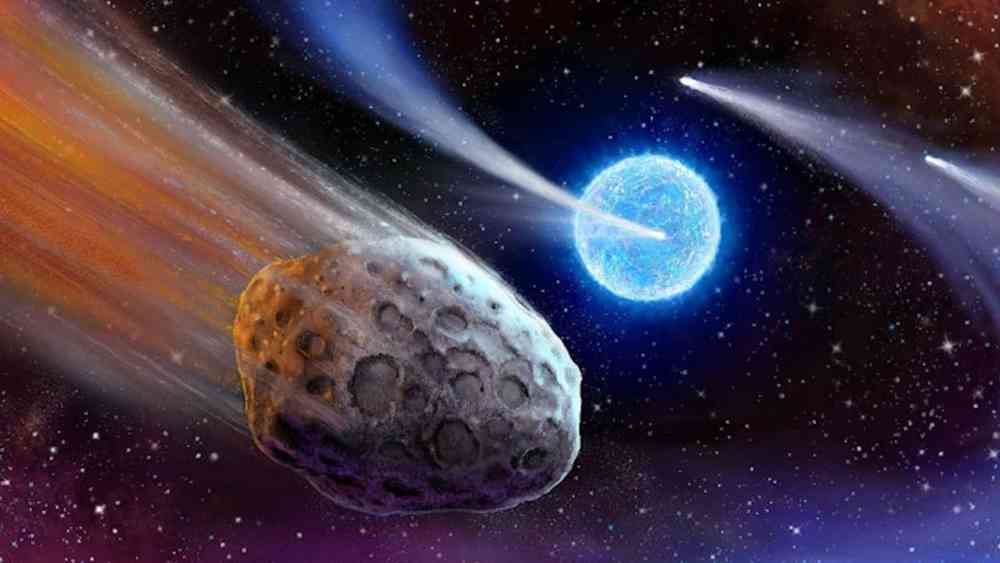
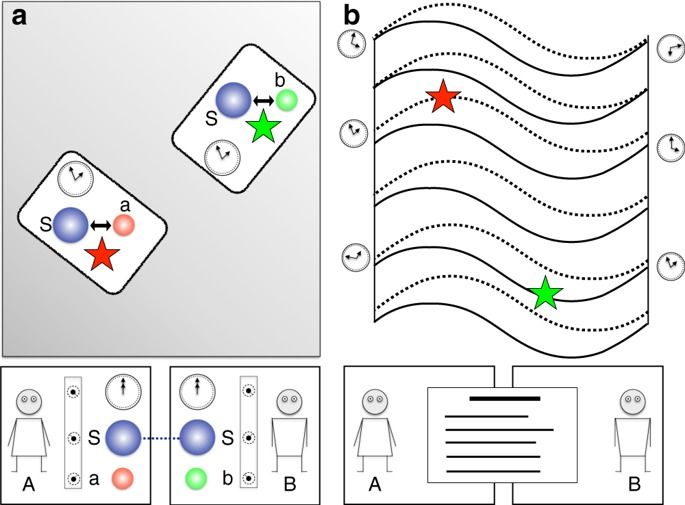
The standard formulation of quantum theory relies on a fixed space-time metric determining the localisation and causal order of events. In general relativity, the metric is influenced by matter, and is expected to become indefinite when matter behaves quantum mechanically. Here, we develop a framework to operationally define events and their localisation with respect to a quantum clock reference frame, also in the presence of gravitating quantum systems. We find that, when clocks interact gravitationally, the time localisability of events becomes relative, depending on the reference frame. This relativity ia a signature of an indefinite metric, where events can occur in an indefinite causal order. Even if the metric is indefinite, for any event we can find a reference frame where local quantum operations take their standard unitary dilation form. This form is preserved when changing clock reference frames, yielding physics covariant with respect to quantum reference frame transformations.

This week at NASA:
🚀 Preparing to #LaunchAmerica 🛰️ JAXA’s spacecraft delivers cargo to the International Space Station 🕵️♂️ The detective capabilities of NASA’s Perseverance Mars Rover.
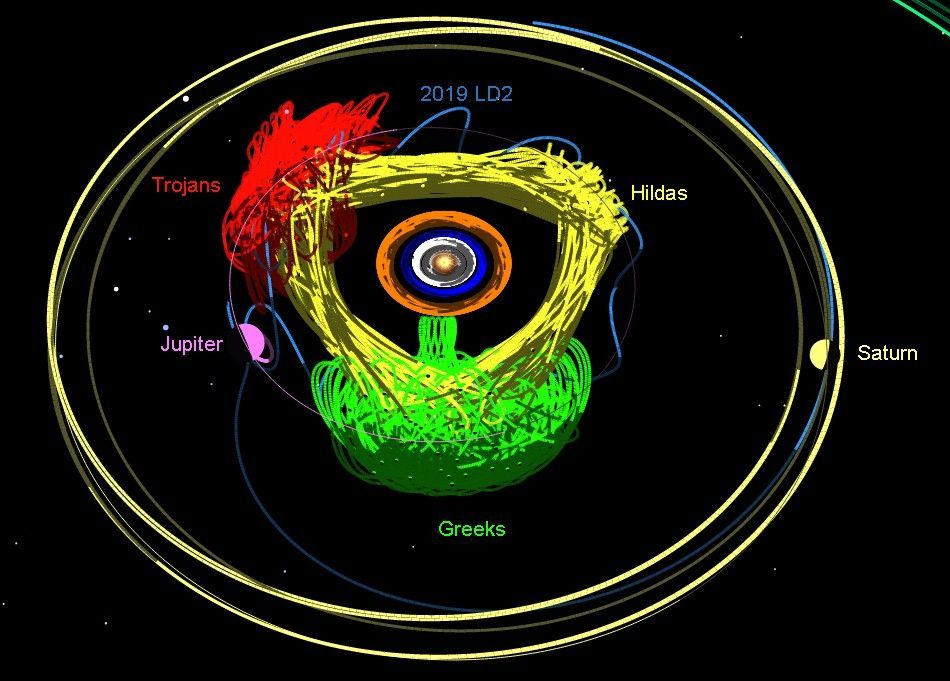
Jupiter has captured an icy comet from the outer solar system in a bizarre orbit that will bring it back to within 3 million kilometers of the giant planet in 2063. The only Sun-orbiting objects known to come closer were the fragments of Comet Shoemaker-Levy 9, which plunged into the Jovian cloud deck in July 1994.
A year ago, NASA’s asteroid-hunting ATLAS project in Hawai’i discovered 2019 LD2, and further observations showed it was a comet. New observations this spring confirmed it as a periodic comet and placed its orbit near Jupiter, leading Larry Denneau (University of Hawaii) to announce May 20th that P/2019 LD2 was the first comet among the Trojans. This family of several thousand asteroids shares Jupiter’s orbit but stays steady at about 60° ahead or behind of the planet. The discovery of a comet among Trojan asteroids was surprising because most of them are thought to have been captured in the solar system’s early years — any ices ought to have evaporated long ago.
However, when amateur astronomer Sam Deen used software on the Jet Propulsion Laboratory’s solar-system dynamics website to calculate the object’s orbit, he found P/2019 LD2 recently had a close encounter with Jupiter that left its orbit unstable. The model showed that the comet had likely been a Centaur, part of a family of outer solar system asteroids, with an orbit reaching out to Saturn. Then, on February 17, 2017, it passed about 14 million kilometers from Jupiter, an encounter that sent the comet on a wild ride and inserted it into an odd Jupiter-like orbit.
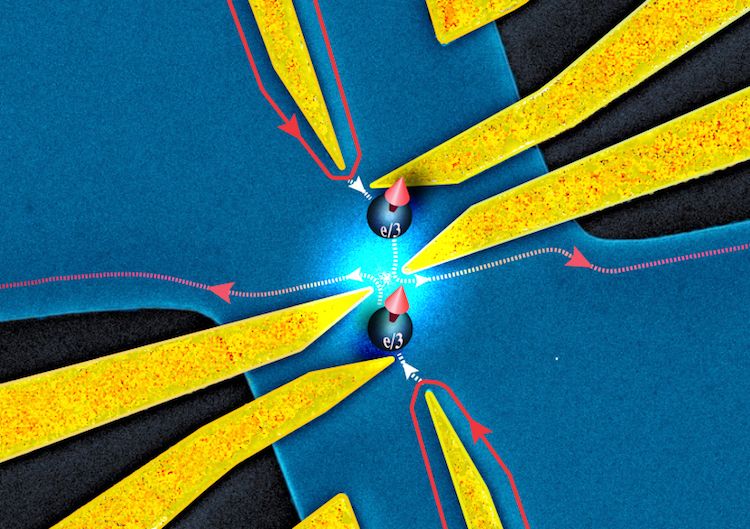
Anyons – the particle-like collective excitations that can exist in some 2D materials – tend to bunch together in a two-dimensional conductor. This behaviour, which has now been observed by physicists at the Laboratory of Physics of the ENS (LPENS) and the Center for Nanoscience and Nanotechnologies (C2N) in Paris, France, is completely different to that of electrons, and experimental evidence for it is important both for fundamental physics and for the potential future development of devices based on these exotic quasiparticles.
The everyday three-dimensional world contains two types of elementary particles: fermions and bosons. Fermions, such as electrons, obey the Pauli exclusion principle, meaning that no two fermions can ever occupy the same quantum state. This tendency to flee from each other is at the heart of a wide range of phenomena, including the electronic structure of atoms, the stability of neutron stars and the difference between metals (which conduct electric current) and insulators (which don’t). Bosons such as photons, on the other hand, tend to bunch together – a gregarious behaviour that gives rise to superfluid and superconducting behaviours when many bosons exist in the same quantum state.
Within the framework of quantum mechanics, fermions also differ from bosons in that they have antisymmetric wavefunctions – meaning that a minus sign (that is, a phase φ equal to π) is introduced whenever two fermions are exchanged. Bosons, in contrast, have symmetric wavefunctions that remain the same when two bosons are exchanged (φ=0).